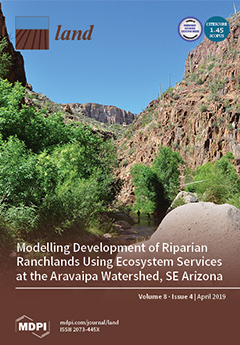Resource information
Societies undergo continuous dynamics and change. By investigating the spatial structure of societal remains and material culture, we tried to get insights into the processes of their landscapes creation. Ritual practices, economic strategies, or the societal structure are stored in the landscape as a form of cultural contextualization. We presumed that changes of these will be strongest during phases of transformation and investigated to which degree transformation processes are mirrored in the spatial structure of material remains. Absolute and relative locations were investigated using data from Neolithic domestic and ritual sites in Wagrien, Schleswig-Holstein, Germany. The results showed that transformations have a different influence on ritual and domestic locations: There are no discernible influences on the choice of relative domestic site locations, in contrast to ritual sites, whose relative location changes as a result of sociocultural transformations. This illustrates the importance of cultural and socioeconomic functions of individual sites and shows that transformations, even when they impact the fundamental structure of a society, do act on different relative and absolute scales and spheres.


